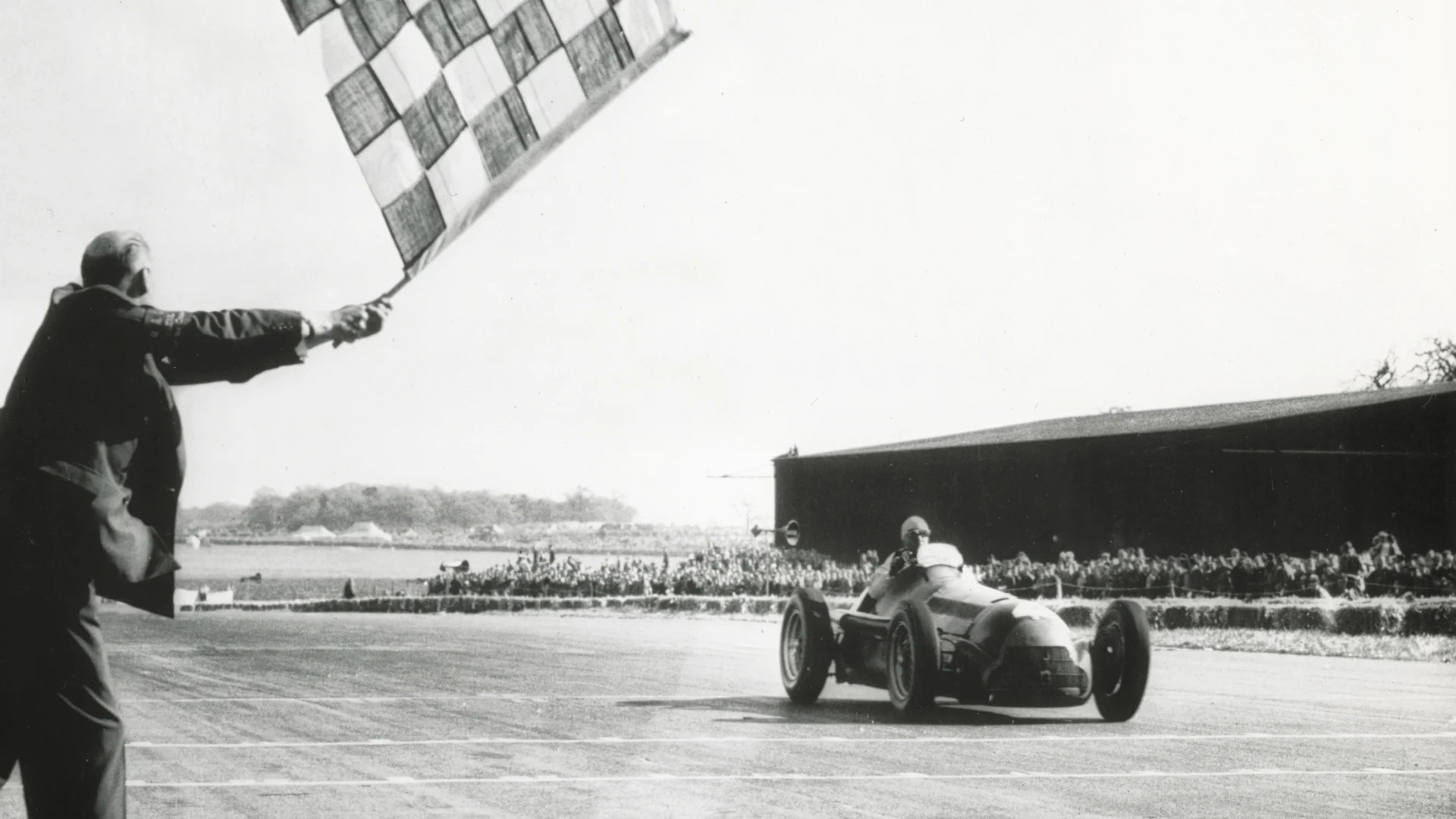Buckle up and get ready to rev your curiosity engine! In the captivating world of motorsports, the name “Formula 1” stands as an iconic symbol of speed, precision, and adrenaline-fueled excitement.
But have you ever wondered why it’s called Formula 1? Prepare to peel back the layers of racing history as we embark on an exhilarating journey to uncover the captivating origins and intriguing secrets behind the name that has enthralled racing enthusiasts worldwide.
Get ready to ignite your passion for speed and unlock the mysteries of Formula 1!
So Why Formula One?
Formula 1 is the name of the highest level of international motorsport competition that involves open-wheel racing cars. The name comes from the word “formula”, which refers to the set of rules and regulations that all participants must adhere to. The numeral “one” indicates that Formula 1 is the top tier of racing, above other categories such as Formula 2, Formula 3 and Formula Renault.
Origins of Formula One

The concept of Formula One dates back to 1946, when the Commission Sportive Internationale (CSI), the sporting arm of the Federation Internationale de l’Automobile (FIA), decided to create a new racing category after World War II. The CSI wanted to establish a modern and standardized formula for Grand Prix racing, which had been popular before the war but had different rules and specifications in different countries.
The CSI initially called the new category Formula Internationale, but some also suggested Formula A. However, the name Formula 1 was eventually chosen to emphasize its status as the premier class of racing. The first non-championship Formula 1 races were held in 1946 and 1947, while the first official Formula 1 World Championship was inaugurated in 1950.
Evolution of Formula One

Since its inception, Formula 1 has undergone many changes and developments in terms of rules, technology and format. The rules have been revised and updated over the years to improve safety, performance, fairness and sustainability of the sport. Some of the major rule changes include:
- The introduction of mandatory pit stops in 1994
- The elimination of refueling during races in 2010
- The introduction of hybrid engines in 2014
- The introduction of halo cockpit protection devices in 2018
The technology used in Formula One cars has also advanced significantly over the decades, making them faster, more efficient and more sophisticated. Some of the key technological innovations include:
- The introduction of turbocharged engines in 1977
- The introduction of carbon fiber chassis in 1981
- The introduction of active suspension systems in 1987
- The introduction of semi-automatic gearboxes in 1989
- The introduction of traction control systems in 1992
- The introduction of kinetic energy recovery systems (KERS) in 2009
The format of Formula 1 races has also changed over time to make them more exciting and competitive for fans and drivers. Some of the main format changes include:
- The introduction of qualifying sessions in 1950
- The introduction of points system for drivers and constructors in 1950
- The introduction of sprint races in 2021
Current Status of Formula 1
Formula 1 is currently one of the most popular and prestigious sports in the world, attracting millions of fans and viewers across the globe. It features some of the best drivers and teams in motorsport history, such as Lewis Hamilton, Max Verstappen, Fernando Alonso, Mercedes, Aston Martin, Ferrari and Red Bull.
It also hosts some of the most iconic and challenging circuits, such as Monaco, Spa-Francorchamps, Silverstone and Monza.
Formula 1 is also constantly evolving and adapting to new challenges and opportunities, such as environmental issues, social causes and emerging markets. It aims to be more sustainable, diverse and inclusive, while maintaining its core values of excellence, innovation and competition.
Formula 1 is more than just a name; it is a symbol of passion, excellence and innovation that has captivated generations of fans and drivers alike.

